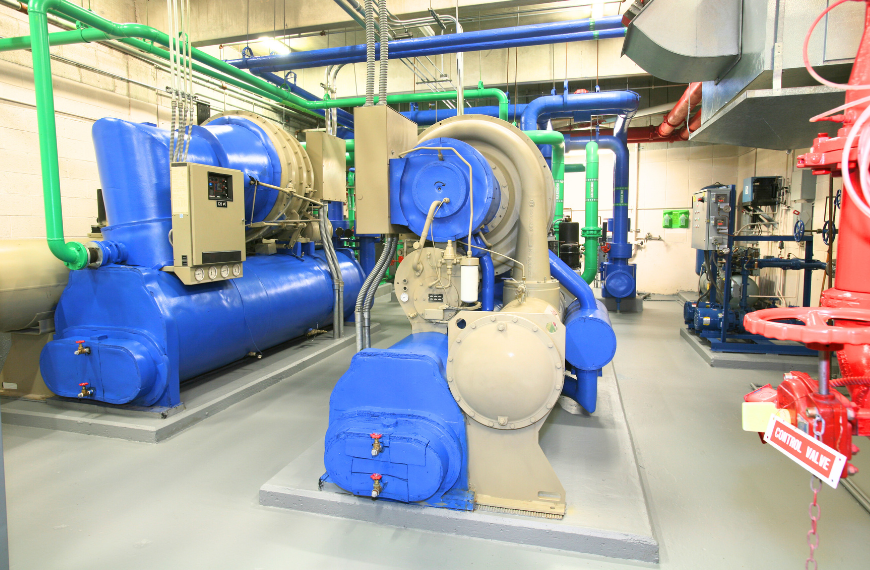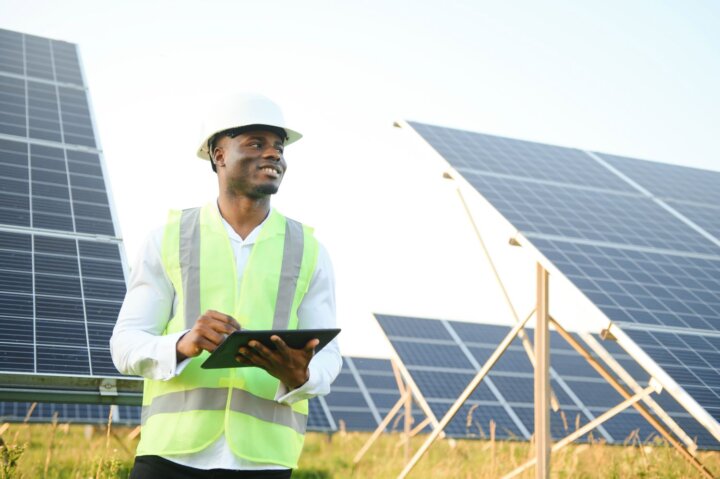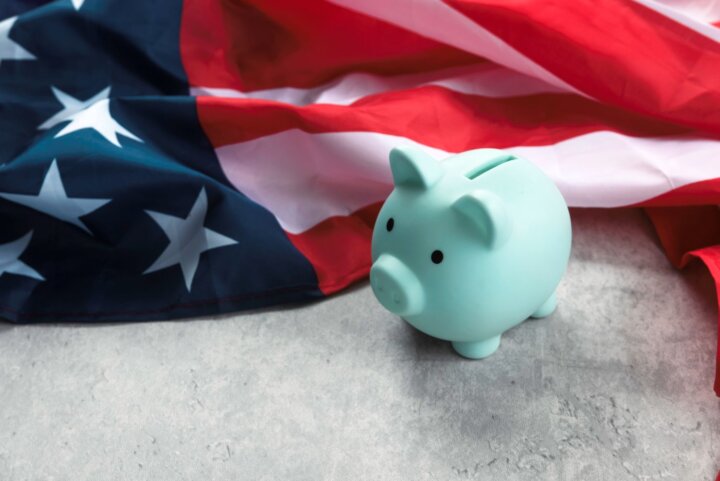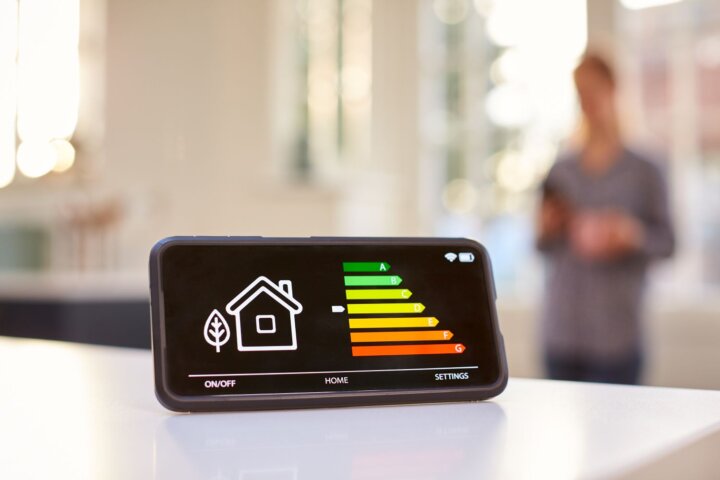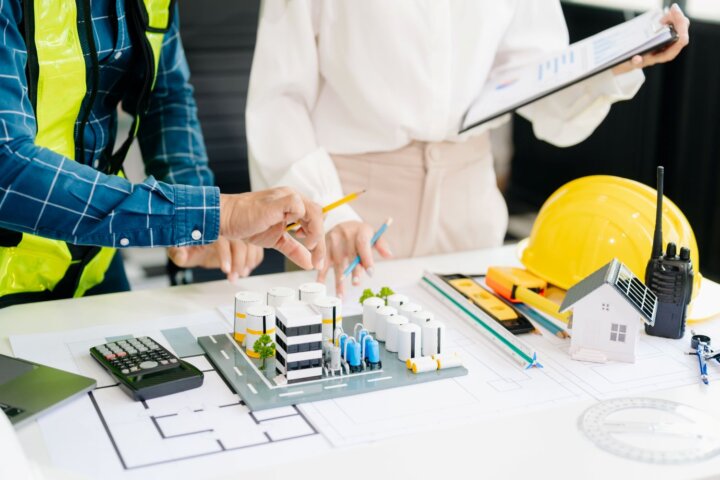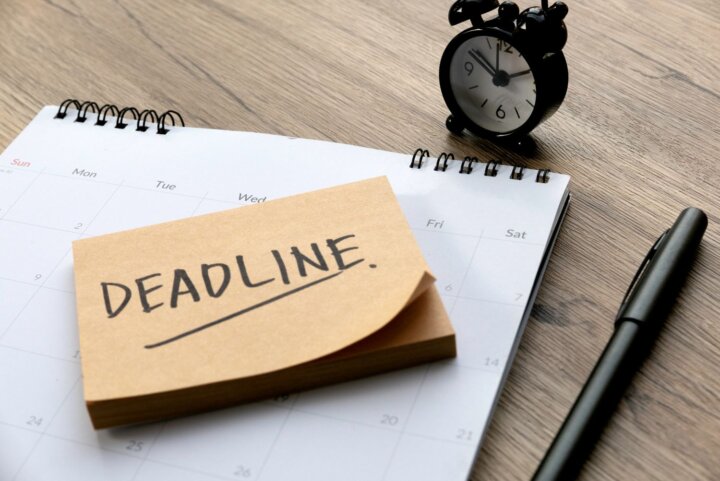At Big Shine Energy, we’re committed to helping your business reduce your energy consumption and improve your overall efficiency. One critical component of energy efficiency is chiller optimization. By implementing the right strategies, you can significantly reduce your chiller’s energy consumption and improve its performance. In this post, we’ll share some common strategies to help optimize your chiller. These can go a long way to keep your chiller running at optimal capacity.
1. Regular Maintenance and Inspections
It may seem obvious that any HVAC equipment (or any equipment at all) requires regular maintenance and inspection to ensure proper functionality. But not regularly maintaining and inspecting your chillers can be detrimental to the equipment, spaces being cooled, and any processes they’re connected to.
- Conduct routine maintenance to catch minor issues before they become major problems.
- Visually inspect the chiller for signs of wear, leaks, or corrosion. A small leak in the refrigerant system may not be immediately noticeable. But it can lead to reduced cooling capacity, increased energy consumption, and even environmental damage.
- Keep the condenser and evaporator coils clean for optimal heat transfer. Dirt, dust, and debris can accumulate on the condenser coils, reducing heat transfer efficiency. This can lead to increased energy consumption, higher operating costs, and potential equipment failure.
2. Temperature Control
Temperature control is a critical aspect of chiller operation. Improper management can lead to increased energy consumption, driving up operational costs. It can impact the chiller’s ability to maintain desired cooling conditions, affecting comfort and productivity. And extreme temperature fluctuations can stress the chiller’s components, leading to premature wear and tear and potential equipment failures.
- Failing to adjust the setpoint temperature to match the actual cooling load can lead to overcooling and undercooling. Overcooling wastes energy and undercooling can lead to potential equipment damage.
- Inaccurate temperature sensors can provide misleading data, leading to incorrect control decisions.
- Failing to regularly monitor and adjust temperature settings can lead to deviations from optimal operating conditions.
- Consider load-shedding strategies to optimize chiller operation during partial load conditions, such as cycling control or partial load operation. During periods of low demand, have the chiller cycle on and off more frequently to reduce energy consumption. You can also modulate the speed of the compressor or control the flow rate of the chilled water. This will give you more precise control over the chiller operation and reduce energy consumption.
3. Pump Optimization
Pumps consume a significant amount of energy within a chiller system. By optimizing pump operation, you can significantly reduce energy consumption and improve overall system efficiency.
- Install variable speed drives (VSDs) on pumps to operate the pumps at variable speeds, matching the required flow rate to the actual demand. This reduces energy consumption, especially during periods of low demand. Additionally, correctly sizing and adjusting pump flow rates ensures that the system delivers the necessary cooling capacity without excessive energy consumption.
- Optimizing pump operation can minimize the pressure drops within the system, reducing the energy required to circulate the fluid. Proper flow rates ensure efficient heat transfer between the chiller and the cooling load.
- By operating pumps at optimal speeds and flow rates, you can reduce mechanical stress on the equipment, extending its lifespan. And by preventing equipment failures, you reduce the frequency of maintenance tasks.
4. Condenser Water Optimization
Condenser water optimization is a crucial aspect of chiller efficiency, as it directly impacts the chiller’s ability to reject heat effectively.
- By optimizing condenser water flow and temperature, you can lower the condensing temperature of the refrigerant. This reduces the work required by the compressor, leading to higher chiller efficiency and less energy consumption.
- Manage water quality properly. Proper water treatment and maintenance can prevent the buildup of scale and corrosion, which can damage equipment and reduce efficiency.
- Use variable speed drives to adjust pump speeds and flow rates to minimize energy consumption for circulating condenser water.
5. Compressor Efficiency
Monitoring compressor performance for signs of inefficiency is crucial for reducing energy consumption and operational costs.
- Adhere to the manufacturer’s recommended oil change schedule to ensure optimal lubrication and prevent premature wear.
- Regularly replace air filters to maintain clean intake air and reduce compressor load.
- Proper belt alignment and tension are essential for efficient power transfer.
- Inspect and clean intake and discharge valves to ensure smooth operation and prevent pressure losses.
- Distribute the load among multiple compressors to avoid overloading individual units.
- Implement VSDs to adjust compressor speed to match the actual demand, reducing energy consumption during low-demand periods.
- Use cycling control to turn compressors on and off based on demand, minimizing idle time and energy waste.
6. Controls and Automation
Implementing advanced control systems to optimize chiller operation based on real-time data can help reduce energy consumption, operational costs, and free up your team’s time. Integrate the chiller with a building automation system (BAS) for overall building energy efficiency. Take it a step further with an energy management system and AI capabilities, including energy forecasting, predictive maintenance, dynamic adjustments to the chiller performance and operation, and much more.
7. Energy-Efficient Design
Ensure the chiller is appropriately sized for the cooling load. Choose chillers with high-efficiency compressors and heat exchangers.
8. Regular Monitoring and Analysis
Install energy meters to track chiller consumption. You can use this data to analyze energy usage and identify areas of improvement. Big Shine Energy offers a variety of metering devices to monitor any type of equipment in your facility.
By implementing these strategies, you can significantly improve the efficiency and performance of your chiller, leading to reduced energy costs and a more sustainable facility. At Big Shine Energy, we’re here to help you achieve your energy efficiency goals. Contact us today to learn more about our holistic approach to managing your building’s energy.
